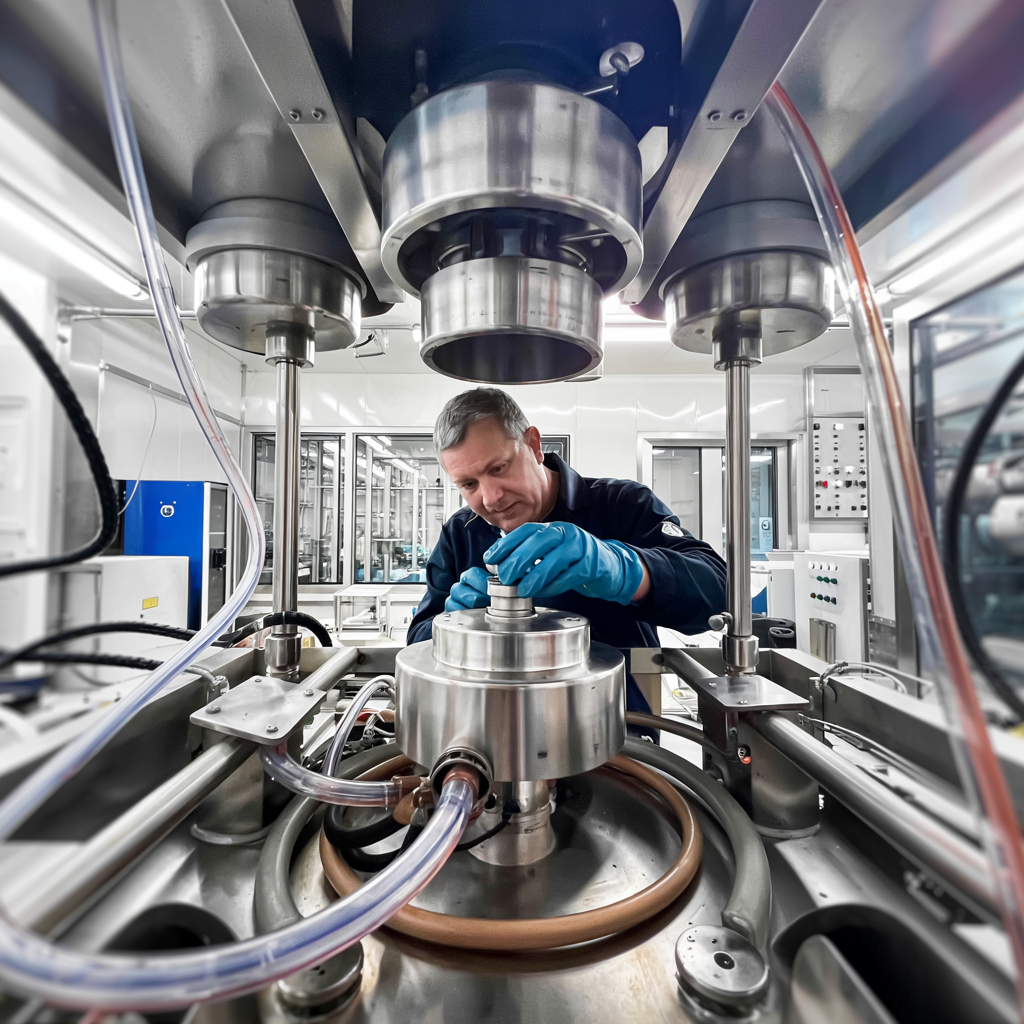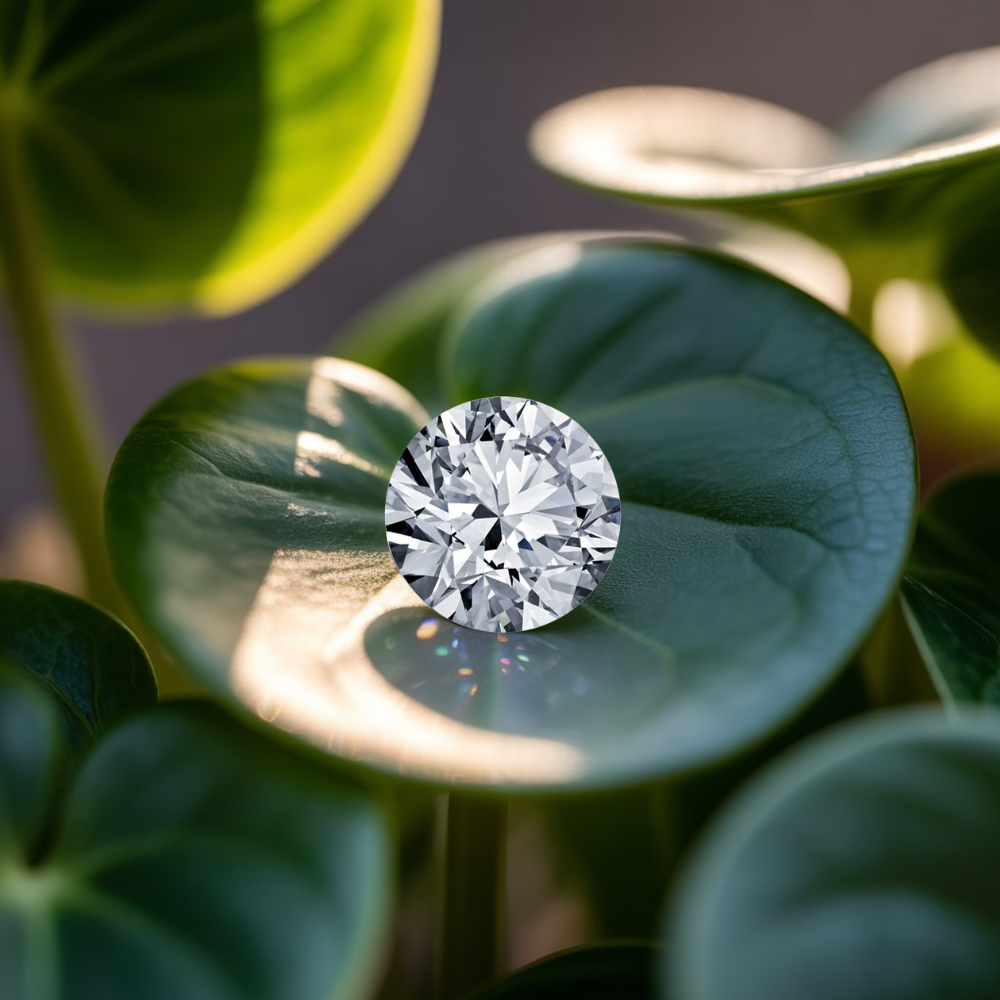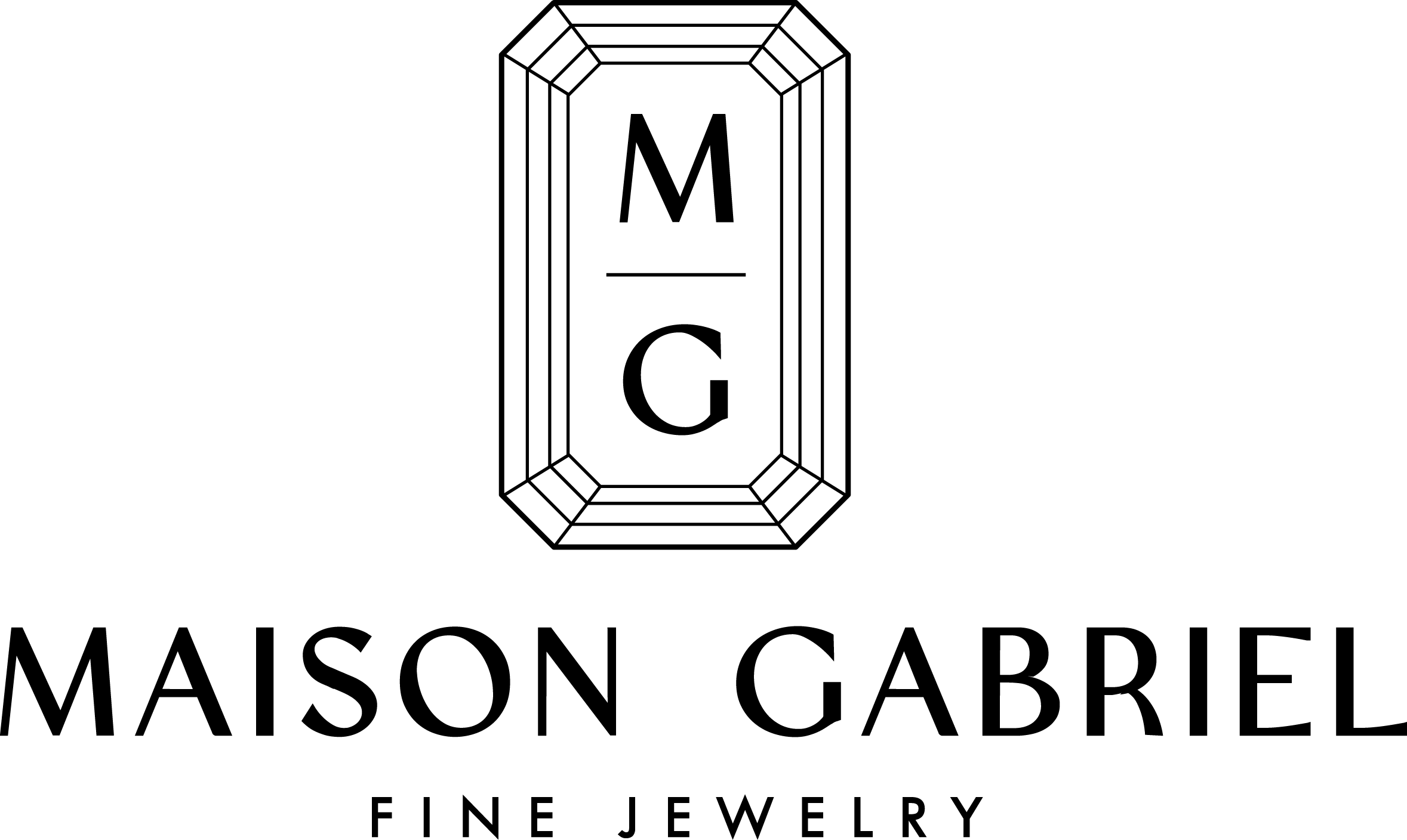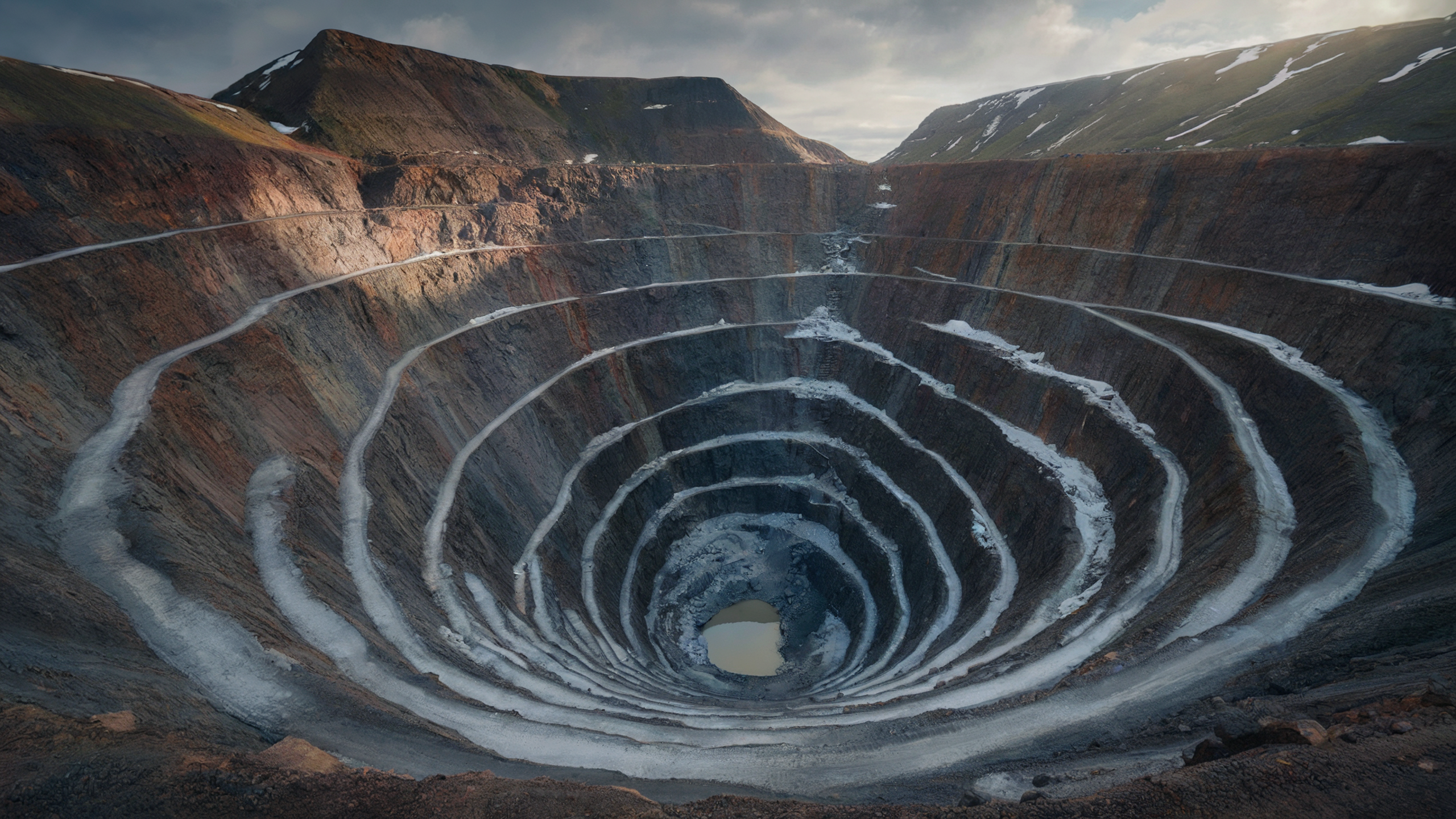What exactly are “Lab Grown Diamonds”?
The term "lab-grown diamond" is appearing more and more frequently in connection with high-quality jewelry today—especially engagement rings. But lab-grown diamonds are not a short-term trend. They are the result of decades of research, technological precision, and a profound transformation in the jewelry industry.
As early as the 1950s, diamonds were first artificially produced. What was then reserved for industrial use has now become a viable alternative in high-end jewelry. The processes have evolved – and with them the quality: In terms of brilliance, hardness, and optical clarity, lab-grown diamonds are in no way inferior to their natural counterparts.
What's more, they impress with complete transparency, ethical origins, and controlled conditions – without mines, without environmental destruction, and without exploitative working conditions.
Lab-grown diamonds are real diamonds.
Also known as synthetic or artificially grown diamonds, lab-grown diamonds are created in state-of-the-art laboratories under precisely controlled conditions. Instead of growing under enormous pressure deep within the Earth's core, they are created using cutting-edge technologies such as HPHT (high pressure, high temperature) or CVD (chemical vapor deposition)—the same natural process, just reimagined.

HPHT (High Pressure High Temperature)
In this process, a diamond seed is exposed to extreme pressure and high temperatures. Under these conditions, carbon atoms bond and grow into a larger diamond, just like in nature, only in a controlled manner and with significantly less resource consumption.
CVD (Chemical Vapor Deposition)
In this process, a diamond seed is placed in a vacuum chamber. Carbon-containing gases are heated and break down into their atoms. These atoms are then deposited layer by layer on the seed until a pure rough diamond is formed.
The result of both processes: diamonds that are identical to natural diamonds in their chemical, physical, and optical properties. They possess the same hardness, brilliance, and thermal conductivity and are certified according to the same international standards.

Lab-grown diamonds vs. natural diamonds
Why should you choose a lab-grown diamond?
✔ Ethical and conflict-free – free from problematic mining conditions or opaque supply chains.
✔ Sustainable – without the exploitation of people and nature that traditional diamond mining leaves behind.
✔ Price advantage – up to 70% cheaper than comparable mined diamonds.
✔ Variety – Lab-grown diamonds are available in a wide range of colors and shapes that are rarely found in nature.
Anyone who chooses a lab-grown diamond is not only choosing an exceptional piece of jewelry, but also a conscious alternative for the future.
Maison Gabriel stands for conscious luxury.
We believe that a diamond doesn't have to come from the earth to be genuine. It must be chosen responsibly.
Lab-grown diamonds embody this attitude and thus fit a new generation of jewelry wearers for whom value is as important as aesthetics.
Frequently Asked Questions (FAQ)
A lab-grown diamond is a genuine diamond, with the same chemical, physical, and optical structure as a natural diamond. The difference: It is created in a lab rather than in the earth.
Visually and qualitatively, lab-grown diamonds are indistinguishable from natural diamonds. The only difference lies in their origin and origin, and thus also in the ethical responsibility.
Because they're not artificially scarce. Production costs are manageable, and margins are fairly calculated. You pay for quality, not speculation.
All our lab-grown diamonds are certified by internationally recognized institutes (HRD, IGI, GIA) – just like mine diamonds. You'll receive a certificate for each stone that has been tested according to the 4 Cs: color, weight, cut, and clarity.
Lab-grown diamonds typically bear a fine laser engraving on the girdle, a discreet marking that identifies their origin. This ensures that each diamond can be clearly linked to its certificate, transparently, traceably, and forgery-proof.
In addition, authenticity can be clearly confirmed using special testing devices.
Just like natural diamonds, lab-grown diamonds aren't suitable as investments. Unless you have exceptional and special diamonds, their value lies in the emotional moment, not in speculative expectations of the future.


